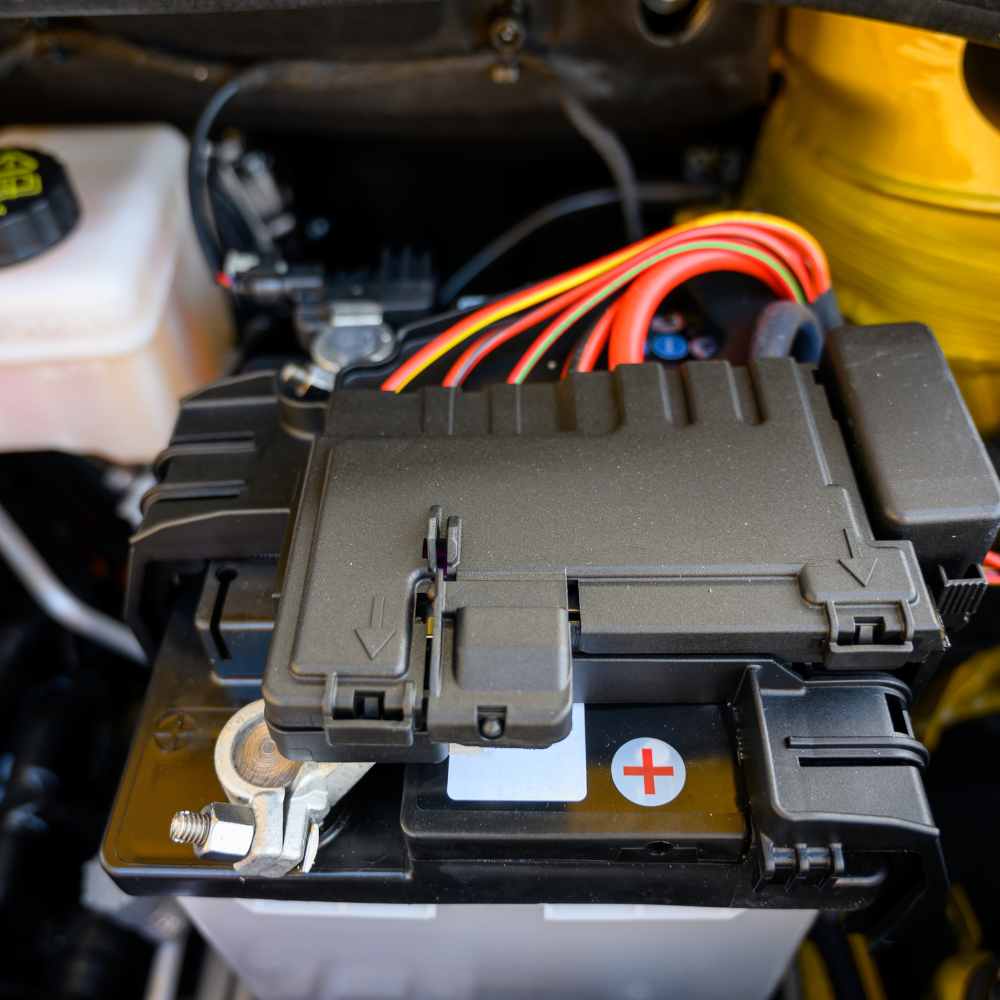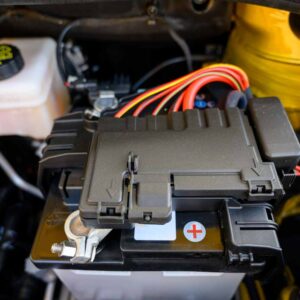BMS Explained: Reset & Install Your Car’s Battery System

What Is Battery A Management System or (BMS)
When most people hear the term Battery Management System (BMS), they immediately think of electric vehicles (EVs). But did you know that non-electric, internal combustion engine cars are also using BMS technology? As vehicles become more technologically advanced, even traditional gas-powered models are being equipped with systems to monitor and optimize battery performance. Let’s explore what a BMS does in non-electric vehicles and which automakers are leading the way. A Battery Management System is an electronic system that monitors and manages the performance of a vehicle’s battery. In EVs, this is critical due to the complexity and high voltage of the battery packs. But even in non-electric cars, a BMS can play an important role.
In Traditional Combustion Engine Vehicles, A BMS Typically Helps:
- Monitor battery charge and health
- Prevent overcharging or deep discharging
- Extend the life of the 12V or auxiliary battery
- Improve cold-weather starting performance
- Manage stop-start systems (common in newer fuel-efficient vehicles)
Why Are BMS Systems Being Added to Non-Electric Cars?
The trend toward BMS in non-EV cars is driven by:
- Increased electrical loads from modern infotainment and safety systems
- The need for fuel efficiency via stop-start tech
- Adoption of mild-hybrid systems (which aren’t fully electric but rely on small battery packs)
- The transition to 48V electrical systems in some luxury and performance vehicles
Why Are BMS Systems Being Added to Non-Electric Cars?
Here are some of the automakers currently using BMS systems in their models:
- BMW
BMW has incorporated intelligent battery sensors and BMS in many models, especially those with stop-start technology and energy recuperation systems. - Mercedes-Benz
Mercedes uses BMS across its fleet, particularly in vehicles equipped with EQ Boost, their 48V mild-hybrid system. - Audi / Volkswagen Group
VW and Audi employ BMS in models like the Audi A6 and VW Golf with start-stop and mild-hybrid functions. - Toyota
Even in its non-plug-in hybrids and standard vehicles, Toyota uses forms of BMS to monitor battery status and maximize efficiency. - Ford
Ford integrates BMS into several newer vehicles with Auto Start-Stop systems and in its hybrid models like the Fusion Hybrid. - Hyundai / Kia
The Hyundai Motor Group uses BMS in both hybrid and ICE vehicles to manage auxiliary battery performance and ADAS power demands. - GM (Chevrolet, GMC)
GM uses BMS technology in vehicles like the Chevrolet Silverado and GMC Sierra with Dynamic Fuel Management and start-stop systems.
What BMS Does For Your Car and Battery
The BMS plays a crucial role in ensuring the safety, efficiency, and longevity of a car’s battery—especially in electric and hybrid vehicles. It constantly monitors the battery’s state of charge (SoC), state of health (SoH), voltage, current, and temperature. By doing so, it prevents issues like overcharging, deep discharging, and overheating, which can damage the battery or even cause dangerous situations like fires. The BMS acts as a smart control unit that helps the battery operate within its safe limits at all times.
Additionaly the BMS optimizes the performance and lifespan of the battery. It ensures power is delivered evenly across all the cells, balances charge levels, and provides real-time data to the vehicle’s onboard systems. This allows drivers to get accurate readings of battery life and driving range. The BMS not only protects the battery but also enhances the overall driving experience by maintaining consistent power output and reliability.
Why You Should Hire A Proffessional Mechanic To Change Your Car Battery
Hiring a professional mechanic to change your car battery ensures the job is done right the first time, minimizing the risk of costly mistakes. A pro doesn’t just swap out the battery—they also reset important vehicle sensors and the Battery Management System (BMS), which is crucial for modern cars. Without these resets, your vehicle might display warning lights, underperform, or even experience battery-related issues. Professionals also ensure the battery is installed properly, which includes securing it correctly and connecting terminals without causing electrical shorts or damage.
Additionally, a mechanic checks for corrosion or wear on battery terminals and cleans or replaces them as needed to maintain a reliable connection. They’ll also select the right battery based on your car’s specific requirements, including power demands and fit. This attention to detail helps extend your battery life and ensures optimal performance. In short, a professional brings expertise, tools, and knowledge that go beyond a basic DIY battery swap—giving you peace of mind on the road.



